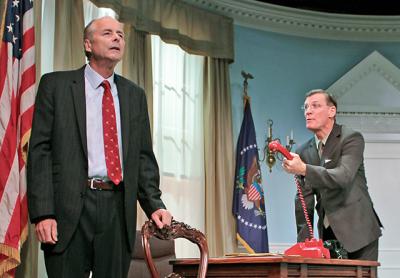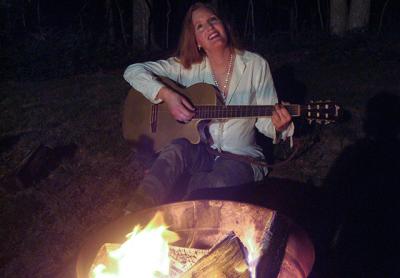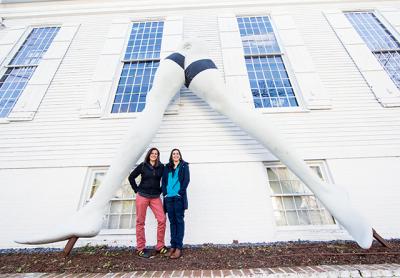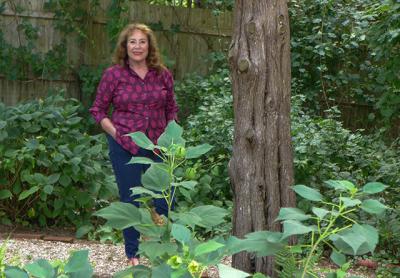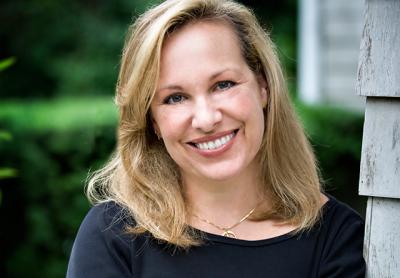Southampton Arts Center Gets Spooky For Halloween
Southampton Arts Center Gets Spooky For Halloween
The Southampton Arts Center is taking Halloween seriously this year. In addition to its Spooktacular Haunted House and its exhibition “Chas Adams: Family and Friends,” both continuing through Monday, the center will screen two creepy classics this weekend.
“Poltergeist,” Tobe Hooper’s horror fantasy about an ordinary California family’s frightening introduction to the supernatural, will be shown tomorrow at 8 p.m. Tickets are $8.
On Saturday at 10 p.m., the center will present its “first annual screening” of the cult classic “The Rocky Horror Picture Show,” the 1975 film that not only combined three genres — musical, comedy, and horror — but also spawned the phenomenon of audience members dressing as the characters and performing along with the film. To encourage that, the center will have props available for purchase and will award a prize for best costume. Tickets are $10.

